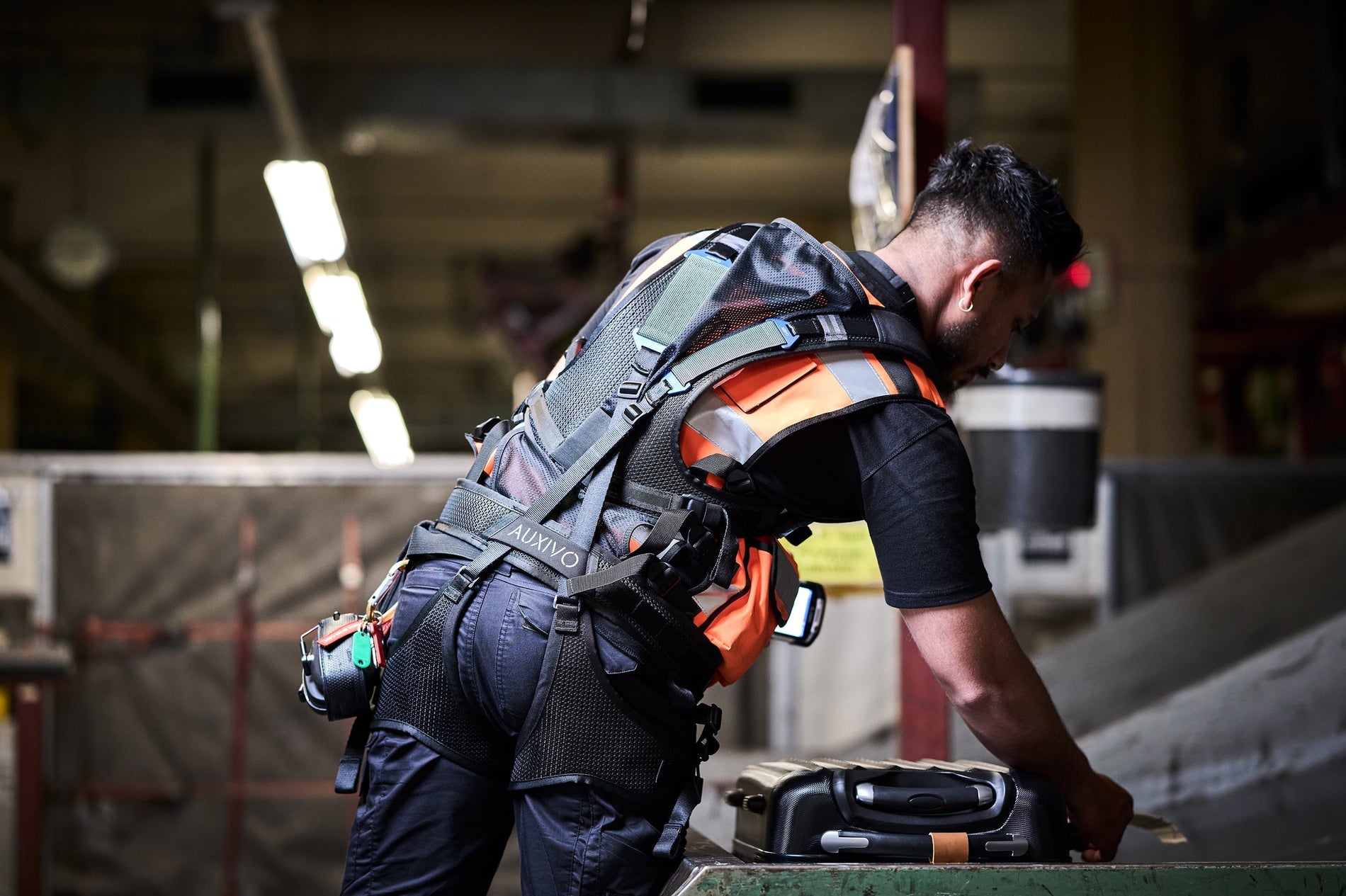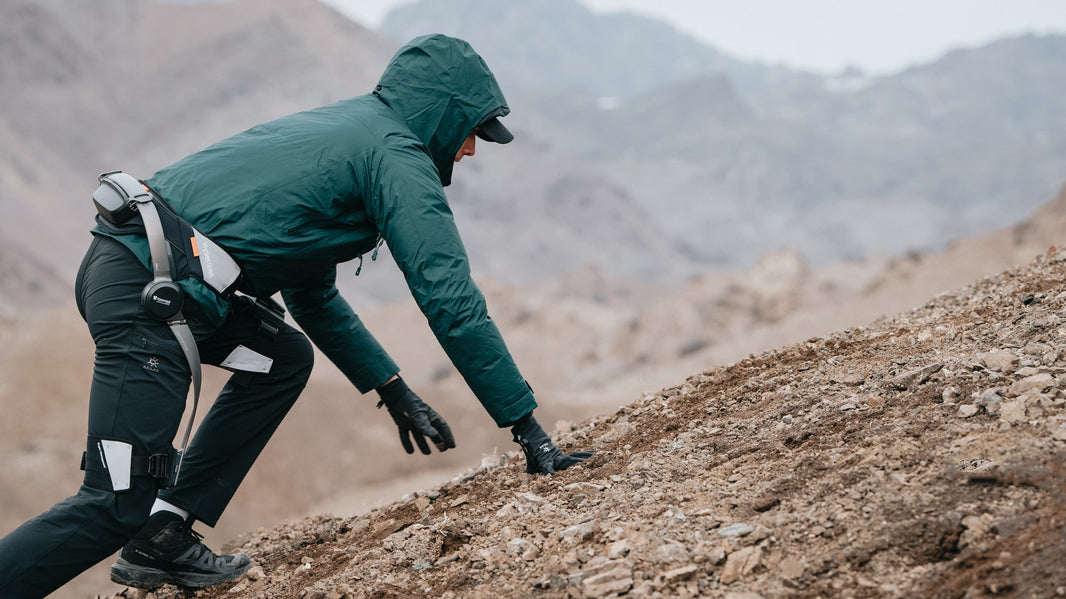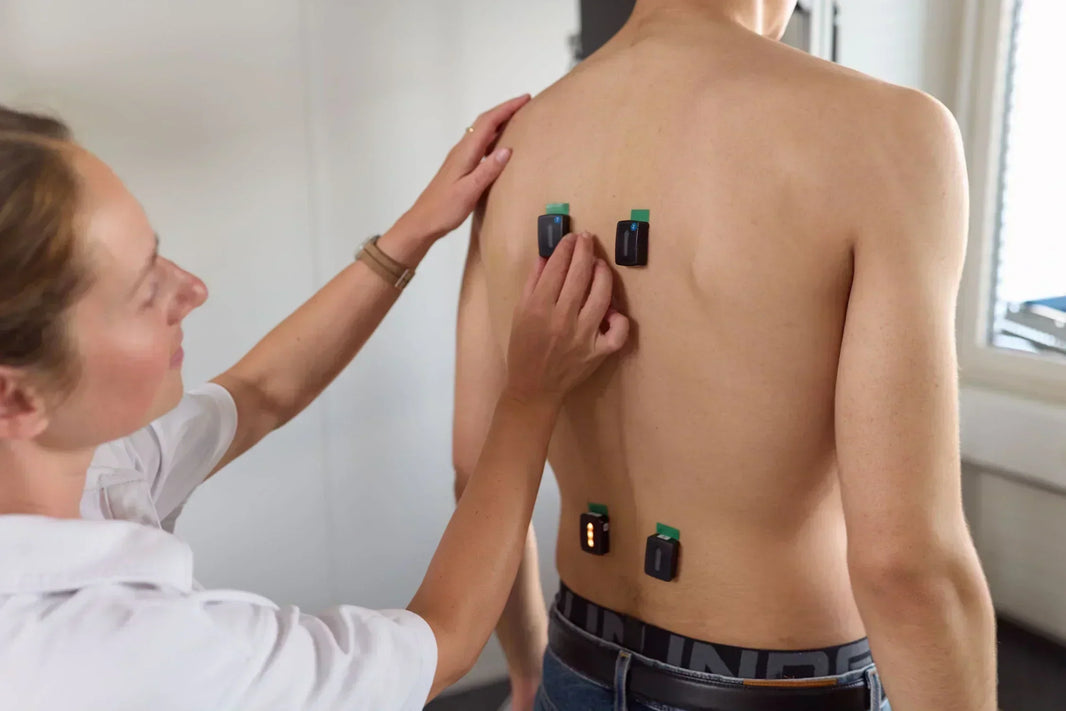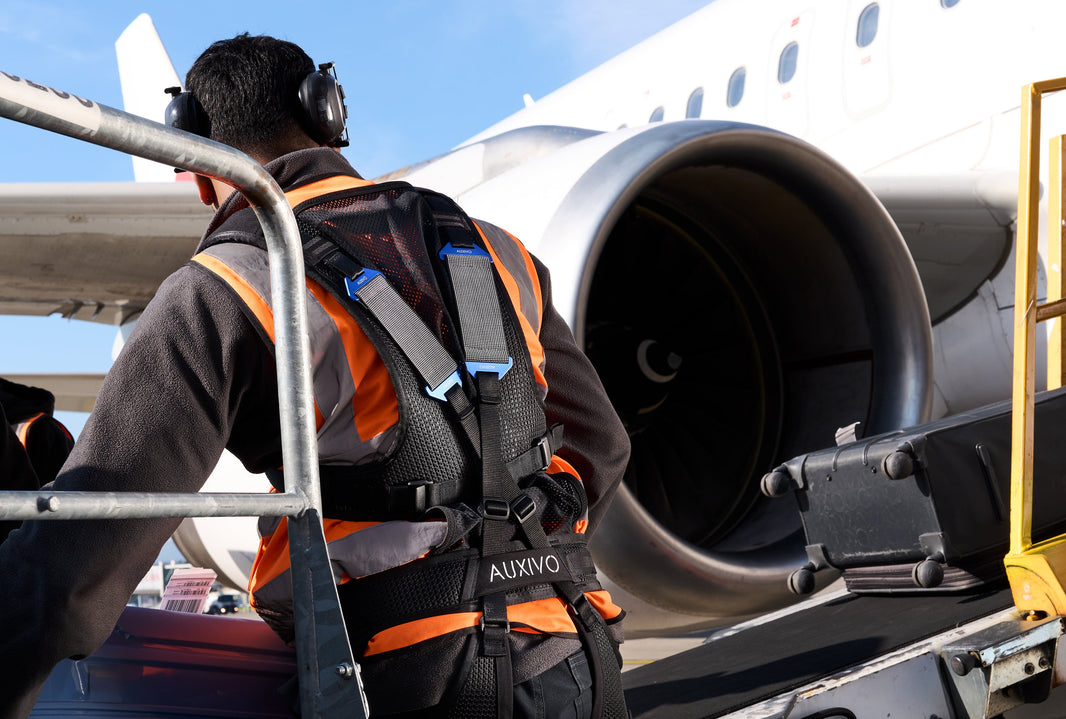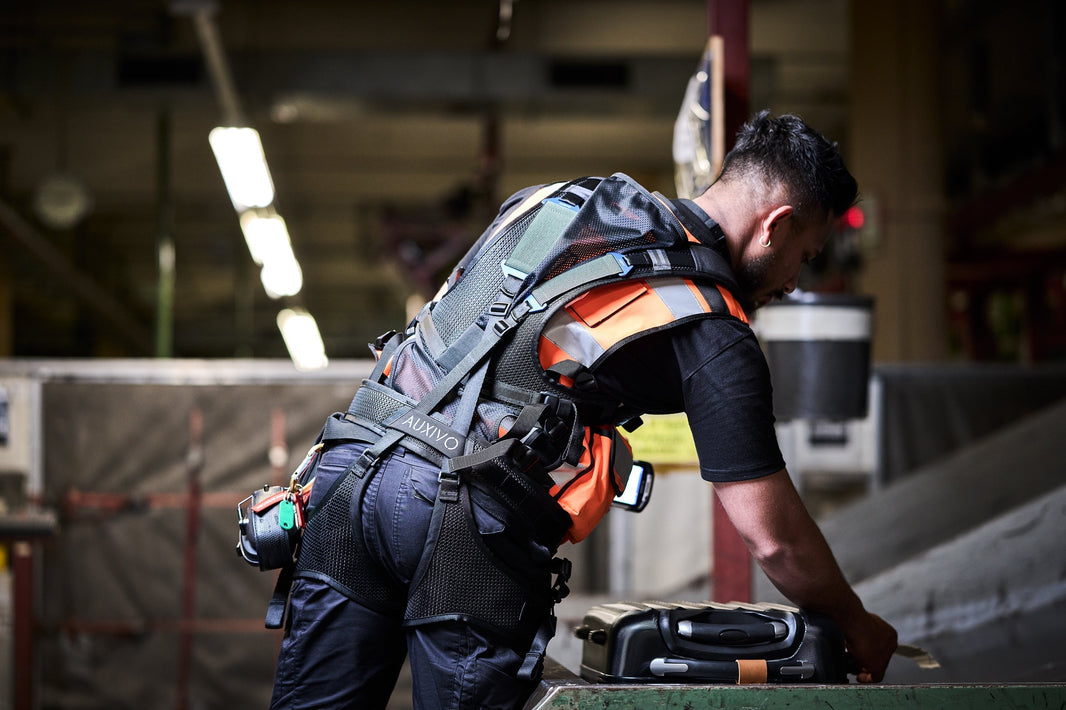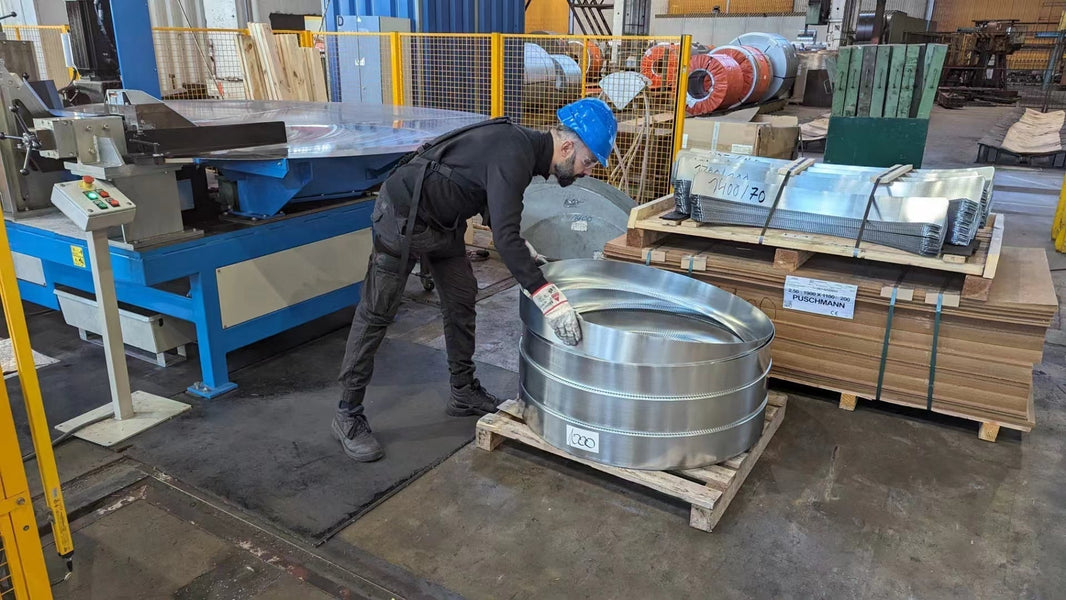As industries push for greater efficiency, safety, and ergonomics, wearable technologies are moving from science fiction into factory floors, construction sites, warehouses, and farms. Among the most exciting innovations in this space is the occupational exoskeleton; a wearable support device that reduces strain, enhances endurance, and protects workers from musculoskeletal injuries.
But if you're ready to take the leap and buy an exoskeleton for your workplace, the next question becomes: Where do you actually buy one? This guide will help clear the path, from understanding the types of occupational exoskeletons to identifying trusted suppliers and evaluating what’s best for your industry.

Understanding Occupational Exoskeletons
Before you search for suppliers, it’s essential to understand what kind of exoskeleton you need. Occupational exoskeletons are designed to support and augment the human body, not replace it. They're usually passive (non-powered) or active (powered by motors or pneumatics), and serve various functions:
Types of Exoskeletons by Use Case
-
Back/Spine Support Exoskeletons: Designed to relieve lumbar stress during lifting, bending, and prolonged standing. Great for warehouse, logistics, and medical occupations.
-
Shoulder/Arm Support Exoskeletons: Help workers who frequently perform overhead tasks; common in auto manufacturing, electrical work, warehousing, and painting.
-
Full-Body Support Systems: These are used in multi-tasking environments like construction or military applications, providing both upper and lower body assistance.
-
Lower Limb Exoskeletons: Assist with walking or standing for long periods; typically more relevant in rehabilitation or specific industrial settings like assembly lines.
Knowing your use case is critical before shopping.

Where to Buy: Trusted Vendors and Distributors
The market for occupational exoskeletons is expanding, but only a handful of companies provide quality, field-tested solutions. Here’s a breakdown of where to find them:
1. Direct from Manufacturers
Buying directly from a manufacturer often allows you to access custom solutions, training, and full after-sales support. Below are some leading manufacturers to consider:
➤ Auxivo
Best For: Back and full-body support.
Website: www.auxivo.com
Highlights: Their Omnisuit and Liftsuit are widely used in various occupational environments. Auxivo is based out of Switzerland and is a global leader with solid industry credentials.
➤ Crimson Dynamics
Best For: Every day use focused on the lower back and upper body support
Website: www.c-dyn.com
Highlights: Known for the CDYB-Fit, an economical exosuit focused on comfort and affordability.
➤ Nekspine
Best For: Spine and back support focused specifically for medical occupations.
Website: www.nekspine.com
Highlights: Offers surgical-grade passive exoskeletons known for ease of use and ergonomic design. Ideal for surgeons, doctors, and dentists.
➤ Skelex
Best For: Manufacturing environments where hand fatigue is a concern.
Website: www.skelex.com
Highlights: Skelex offers the world's only soft robotic glove designed to help with hand strength and enhancing the user's grip.
➤ Verve Motion
Best For: Lower back, powered exosuit.
Website: www.vervemotion.com
Highlights: Offers data collection and readily available support teams.

2. Authorized Distributors and Retailers
If you’re looking for localized service, fast shipping, or want to bundle purchases with other exosuits, distributors are a great option. Authorized dealers often offer product demos, trial periods, and flexible pricing.
➤ The Exoskeleton Store
As the only multi-brand retailer in North America, the Exoskeleton Store specializes in state-of-the-art exoskeleton technology. They allow customers to compare models across multiple manufacturers.
➤ Grainger
Large distributors like Grainger occasionally carry exoskeletons or partner with other brands for sourcing.
➤ Amazon Business / Alibaba
Use caution here. While some products are listed, they may not come with proper certification, warranties, or training. These platforms are more appropriate for preliminary research than procurement.
What to Look for When Buying
Not all exoskeletons are created equal. Here are a few key considerations to ensure you make a smart purchase:
✅ Ergonomics and Comfort
A good occupational exoskeleton should be lightweight, adjustable, and breathable. If it’s not comfortable to wear for 6–8 hours, it won’t be used.
✅ Ease of Donning/Doffing
Look for devices that can be easily put on and taken off without assistance. Time is money on the job site.
✅ Certifications and Compliance
Ensure that the device meets industry safety standards like CE marking or ANSI/ISO certifications.
✅ Manufacturer Support & Training
Choose vendors that offer training sessions, digital manuals, video guides, and responsive support. Proper training ensures optimal results and reduces risk.
✅ Warranty and Trial Period
Always ask if there's a return policy or trial phase. Some vendors allow a 14- or 30-day evaluation period, especially for bulk or enterprise orders.

Industries That Benefit the Most
Occupational exoskeletons are not one-size-fits-all. Here’s a look at which sectors benefit the most and what to consider:
| Industry | Recommended Exo-Type | Key Benefit |
|---|---|---|
| Manufacturing | Shoulder & Back Support | Reduces repetitive strain |
| Construction | Shoulder/Arm & Full-Body | Aids with heavy lifting & overhead |
| Warehousing/Logistics | Lower Back Support | Prevents injury from frequent lifting |
| Healthcare/Nursing | Back & Leg Support | Supports safe patient handling |
| Agriculture | Back & Leg Support | Helps with squatting and lifting |
Final Thoughts: Should You Buy Direct or Through a Dealer?
If you’re new to exoskeletons, it may be smart to start with a specialized dealer or retailer like The Exoskeleton Store, where you can try multiple models and speak with product experts. However, if you already know what you want and need customized support, buying directly from a manufacturer ensures more tailored service.
Regardless of how you purchase, focus on value, support, and comfort, not just price. An occupational exoskeleton is an investment in your team’s long-term health and your company’s operational efficiency.

Ready to Buy?
Explore the latest exoskeletons at The Exoskeleton Store and compare top models for industrial use. Whether you’re equipping one worker or a full facility, there’s a solution out there designed to lighten the load......literally.

